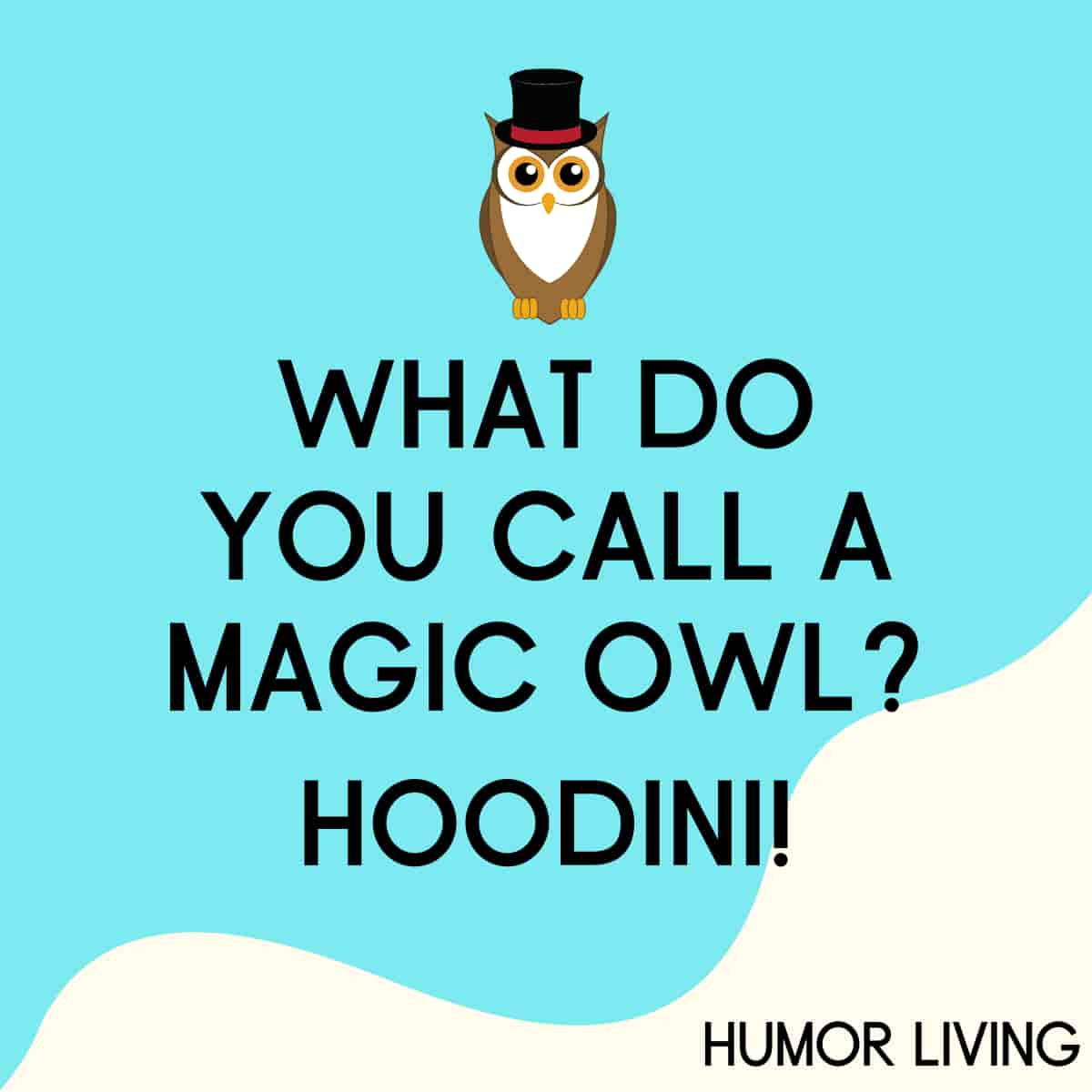The “2820 Owl” joke, a seemingly innocuous string of alphanumeric characters, has permeated the digital landscape, particularly within law enforcement circles and spilling into the wider internet meme culture. Decoding its cryptic essence requires a multifaceted approach, peeling back layers of jargon, in-group humor, and a subtle critique of bureaucratic processes.
At its core, the “2820 Owl” references a specific section within a police department’s policy manual. Specifically, 2820 often points to the section addressing excessive force or improper use of force. The “Owl” element introduces a layer of wry, self-deprecating humor. Owls, perceived for their wisdom and nocturnal vigilance, stand in stark contrast to the potential for misjudgment and overreach that the 2820 section addresses. This juxtaposition is not accidental; it forms the crux of the joke’s appeal.
The metaphor is not merely comical; it’s a commentary. Imagine the imposing policy manual, a tome of regulations and procedures. Within its depths resides section 2820, detailing the limitations on forceful action. The “Owl” becomes an ironic symbol, a silent observer perched atop the manual, a constant reminder of ethical considerations and the potential for accountability. This imagery resonates with officers who are both bound by and, at times, frustrated by the constraints placed upon them.
Why this particular formulation – “2820 Owl” – and not something else? The succinctness is key. In the rapid-fire communication style prevalent online and within departmental communications, brevity reigns supreme. The phrase acts as a verbal shorthand, instantly conveying a complex idea without needing lengthy explanations. This efficiency contributes significantly to its viral spread.
Furthermore, the element of insider knowledge adds to the joke’s appeal. For those outside the law enforcement community, the phrase might appear nonsensical, a random combination of numbers and animal names. This exclusivity creates a sense of shared identity among those “in the know.” It’s a linguistic badge of honor, signifying membership within a specific professional culture.
The humor also stems from the implicit acknowledgment of human fallibility. Police officers, despite their training and commitment to upholding the law, are still susceptible to errors in judgment, particularly in high-pressure situations. The “2820 Owl” serves as a reminder of this inherent imperfection, encouraging reflection and a commitment to continuous improvement.
Consider the environment in which this joke thrives. Law enforcement is a high-stress profession, demanding quick decisions and often placing officers in perilous circumstances. Humor, particularly dark humor, becomes a coping mechanism, a way to diffuse tension and maintain morale in the face of adversity. The “2820 Owl” fits squarely into this category.
Now, let’s examine the evolution of the meme. Initially, it likely emerged as an informal inside joke within specific police departments. As online communication became more prevalent, particularly through social media platforms and dedicated law enforcement forums, the phrase disseminated rapidly. Its simplicity and adaptability allowed it to be easily incorporated into various forms of online content, from text-based posts to image macros.
The joke also benefits from its inherent ambiguity. While the core meaning remains consistent, the specific interpretation can vary depending on the context. It can be used to poke fun at overly bureaucratic regulations, to express frustration with perceived limitations on their authority, or to simply acknowledge the potential for mistakes. This flexibility enhances its longevity and adaptability.
The “Owl” element can also be perceived as a guardian. A sentinel watching over the actions of those in uniform, reminding them of their duty to serve and protect within the boundaries of established protocols. It’s a constant, almost ethereal, presence that subtly shapes behavior.
Moreover, the “2820 Owl” meme touches upon broader societal issues related to law enforcement accountability and the use of force. While the joke itself is often lighthearted, it implicitly acknowledges the serious nature of these issues and the ongoing need for dialogue and reform. It’s a subtle way of engaging with complex topics without resorting to overtly political or divisive rhetoric.
The appeal extends beyond active law enforcement personnel. Retired officers, police academy recruits, and even individuals sympathetic to the law enforcement profession can appreciate the humor and the underlying message. The joke fosters a sense of camaraderie and shared understanding across different generations and levels of experience.
Think about the psychological underpinnings. The act of sharing and understanding the “2820 Owl” joke creates a sense of belonging and validation. It reinforces the individual’s connection to the law enforcement community and provides a sense of shared identity in a profession often characterized by isolation and scrutiny.
The meme’s propagation is also fueled by the inherent human desire to decode hidden meanings. The cryptic nature of the phrase invites investigation and encourages individuals to seek out the explanation. Once the meaning is revealed, the individual experiences a sense of satisfaction and accomplishment, further reinforcing their engagement with the meme and the associated community.
In conclusion, the “2820 Owl” joke is more than just a random collection of words. It’s a microcosm of law enforcement culture, reflecting the complexities, contradictions, and challenges inherent in the profession. Its unique appeal lies in its ability to blend humor, insider knowledge, and a subtle commentary on ethical considerations, making it a powerful and enduring meme within the digital landscape.
